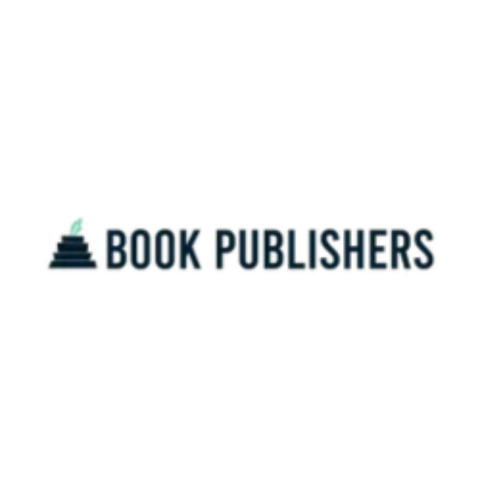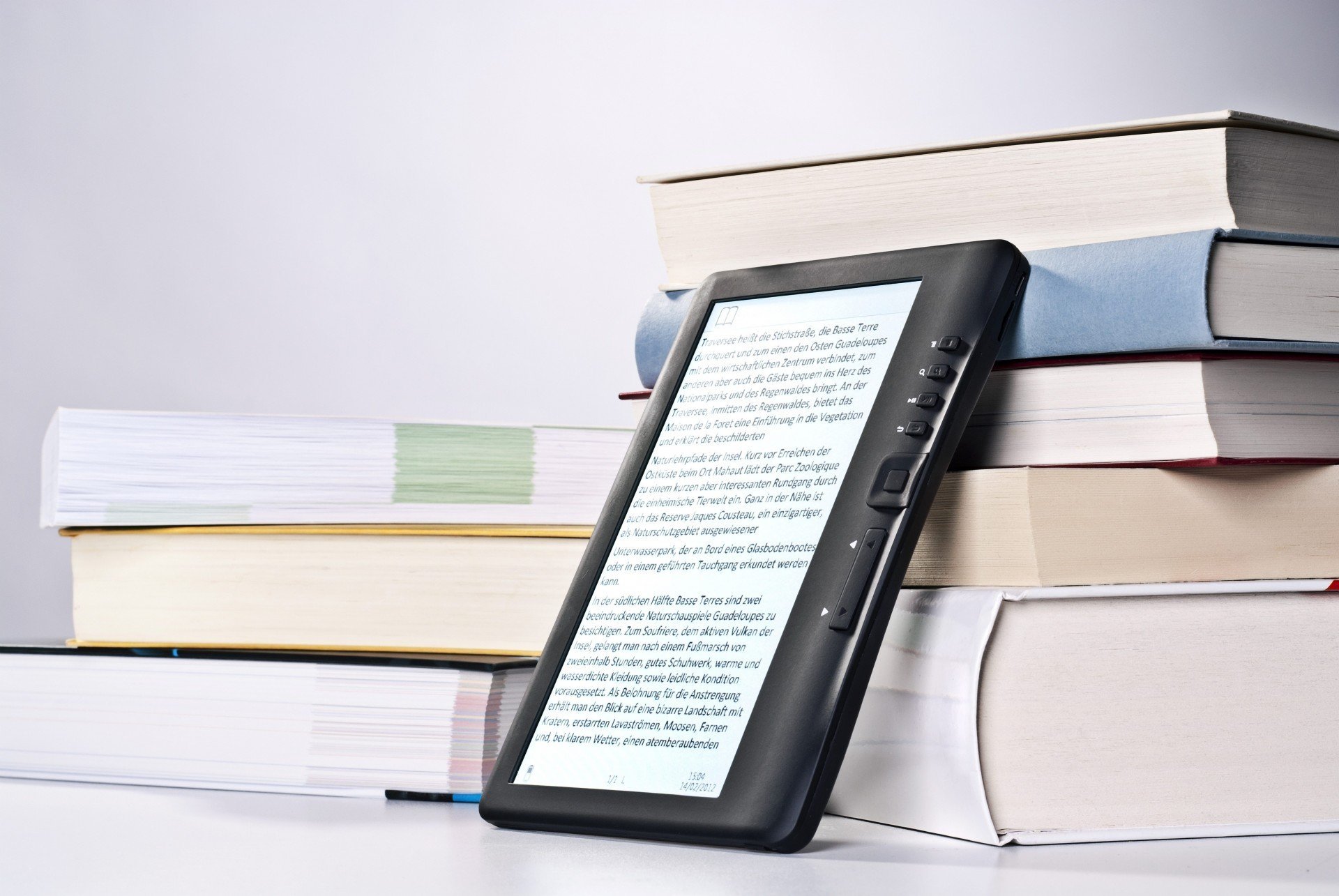How Do You Choose Between Traditional-Publishing and Self-Publishing

The path to publishing a book has never been more accessible yet challenging. For authors today, the key question often lies in choosing between traditional publishing and self-publishing. Each route offers unique opportunities and hurdles, making it essential to understand the core differences and evaluate which option aligns best with your goals, resources, and vision. Whether you’re an aspiring writer or an established author, understanding these two publishing models can help you make an informed decision.
In this article, we’ll explore the key distinctions, advantages, challenges, and factors to consider when choosing between traditional publishing and self-publishing. Additionally, we’ll discuss the role of book publishing services and book editing services in both models to guide you toward success.
1. Understanding Traditional Publishing
Traditional publishing involves securing a contract with a publishing house that takes responsibility for producing, marketing, and distributing your book. This process typically involves the following steps:
-
Submitting a manuscript or book proposal, often through a literary agent.
-
Undergoing rigorous evaluations by acquisition editors.
-
Signing a contract if your manuscript is accepted.
-
Collaborating with the publisher’s editorial and marketing teams.
Advantages of Traditional Publishing
-
Professional Support: With traditional publishing, you gain access to a team of professionals, including editors, designers, and marketers.
-
Distribution Network: Established publishers have connections with bookstores, libraries, and distributors, ensuring your book reaches a broad audience.
-
Prestige and Credibility: Being accepted by a reputable publishing house lends credibility and can enhance your reputation as an author.
-
Financial Investment: The publisher covers production, editing, and marketing costs, paying you an advance and royalties.
Challenges of Traditional Publishing
-
High Competition: The acceptance rate is low, and securing a literary agent can be challenging.
-
Loss of Creative Control: Publishers often have the final say on cover design, editing, and marketing strategies.
-
Longer Timeline: The publishing process can take months or even years from manuscript submission to book release.
2. Understanding Self-Publishing
Self-publishing empowers authors to publish their books independently, often through platforms like Amazon Kindle Direct Publishing (KDP), IngramSpark, or Kobo. Here, the author oversees every aspect of the publishing process, from editing to marketing.
Advantages of Self-Publishing
-
Creative Freedom: Authors retain complete control over their work, including content, cover design, and marketing strategies.
-
Faster Time to Market: Self-published books can be released within weeks or months.
-
Higher Royalties: While you bear the production costs, you also keep a larger percentage of the royalties.
-
Accessibility: Anyone can self-publish, eliminating the need for approval from traditional gatekeepers.
Challenges of Self-Publishing
-
Financial Responsibility: Authors must cover the costs of editing, design, marketing, and distribution.
-
Time-Consuming: Managing all aspects of publishing requires significant effort and expertise.
-
Limited Reach: Without the backing of a publishing house, self-published authors often struggle to access bookstores and libraries.
-
Market Saturation: Standing out in a crowded market can be difficult without professional guidance.
3. Factors to Consider When Choosing Your Publishing Path
Your Goals as an Author
-
If your goal is to build credibility, traditional publishing might be more suitable.
-
For authors who prioritize creative freedom and faster timelines, self-publishing offers greater flexibility.
Budget and Resources
-
Traditional publishing requires no upfront investment but involves a lengthy and uncertain submission process.
-
Self-publishing requires you to invest in book publishing services, such as editing, cover design, and marketing.
Your Target Audience
-
Traditional publishers often target mainstream audiences, making this route ideal for genre fiction, memoirs, and non-fiction with broad appeal.
-
Self-publishing is well-suited for niche markets and allows authors to directly connect with their readers.
Creative Control
-
Traditional publishing may require compromises on your vision.
-
Self-publishing lets you maintain full control over your work but requires careful decision-making and planning.
4. The Role of Book Publishing Services
Whether you choose traditional or self-publishing, book publishing services can play a crucial role in your success.
In Traditional Publishing
-
Publishers handle most aspects of the publishing process, but authors still need to submit polished manuscripts.
-
Investing in book editing services before submitting your manuscript can improve your chances of acceptance.
In Self-Publishing
-
Book publishing services become even more essential. Professional editing, formatting, and cover design are vital to producing a high-quality book.
-
Marketing services can help self-published authors reach their target audience and compete with traditionally published books.
5. The Role of Book Editing Services
Editing is a non-negotiable step in the publishing process. Regardless of your chosen path, book editing services ensure your manuscript is polished and professional.
Types of Editing
-
Developmental Editing: Focuses on structure, plot, and overall flow.
-
Copyediting: Addresses grammar, punctuation, and sentence structure.
-
Proofreading: Ensures the final manuscript is free of errors.
Why Invest in Editing?
-
In traditional publishing, a well-edited manuscript increases your chances of getting noticed by literary agents and publishers.
-
For self-publishing, professional editing ensures your book meets industry standards and enhances its marketability.
6. Tips for Success in Traditional Publishing
-
Research Literary Agents: Find agents who specialize in your genre.
-
Prepare a Strong Query Letter: Clearly articulate your book’s premise, target audience, and unique selling points.
-
Be Patient: The process can be slow, so persistence is key.
-
Network: Attend writing conferences and build connections in the publishing industry.
7. Tips for Success in Self-Publishing
-
Invest in Professional Services: Allocate budget for editing, cover design, and marketing.
-
Build an Online Presence: Leverage social media and author websites to promote your book.
-
Choose the Right Platform: Research self-publishing platforms to find one that aligns with your goals.
-
Engage Your Audience: Create email newsletters and offer exclusive content to build a loyal readership.
-
Monitor Your Progress: Use analytics to track sales and refine your marketing strategy.
8. Hybrid Publishing: A Middle Ground
For authors torn between traditional and self-publishing, hybrid publishing offers a blend of both models. Hybrid publishers provide professional services like editing and distribution but require authors to share production costs. This option combines the support of traditional publishing with the independence of self-publishing.
Conclusion
Choosing between traditional publishing and self-publishing is a significant decision that depends on your goals, resources, and vision as an author. Both paths have their merits and challenges, but the key lies in understanding what works best for you.
Regardless of your choice, investing in professional book publishing services and book editing services can make a substantial difference in the quality and success of your book. By taking the time to evaluate your options and leverage the right resources, you can transform your manuscript into a published work that resonates with readers and achieves your goals.




